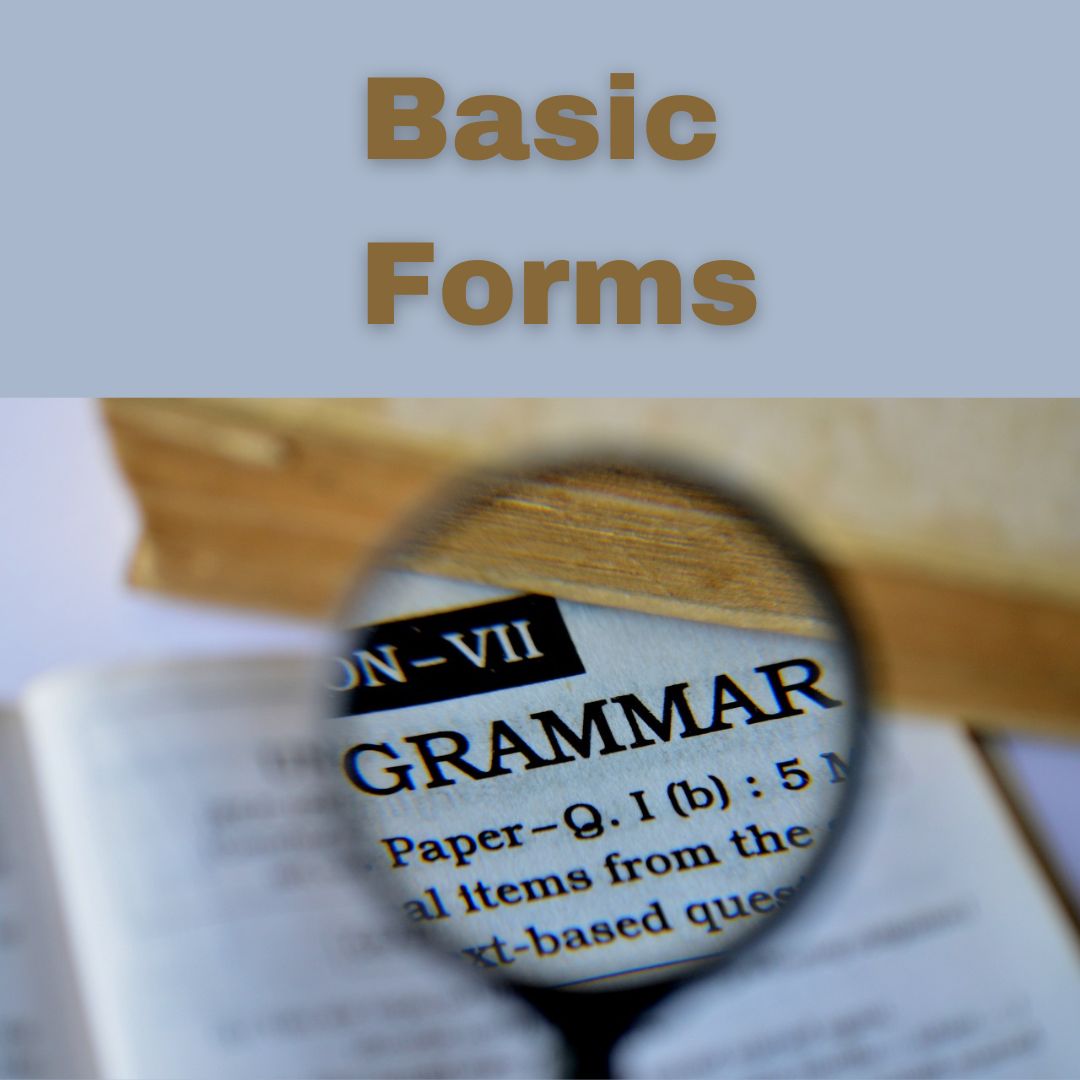Tag: forms

The Group of Tenses of the Passive Voice
In the passive voice construction with to be and past participle, the focus is on the action being done to the subject, rather than the subject performing the action. This construction emphasizes the result or effect of the action, rather than who is doing the action. For example, in the sentence The cake was baked by the chef, the focus is on the cake and the fact that it was baked, rather than the chef who did the baking. This construction is useful when the doer of the action is unknown, unimportant, or when the speaker wants to emphasize the result of the action rather than who performed it.

The Past Indefinite Tense ( The Past Simple)
Some adverbs and time expressions that can be used to indicate the past time frame with the Past Simple (Simple Past) tense: yesterday, last night, last week, last month, last year, in 2005, two days ago, a week ago, an hour ago, previously, before, then. These adverbs and time expressions are often used with the Past Simple tense to indicate that the action or event took place in the past and is now completed.

Finite and non- finite forms of the Verbs
In grammar, a finite verb is a verb form that shows tense, person, number, and mood. A finite verb is used to indicate that the action or state of the verb is limited to a specific time or subject.

The Basic forms of The English verb
This is the simplest form of a verb, usually the infinitive without the to particle. It is used in a variety of contexts such as commands, imperatives, infinitive phrases, and more. Example: Please speak louder (speak is the base form of the verb.)

What is a Verb?
A verb is one of the nine parts of speech in the English grammar. It is a type of word that typically expresses an action, occurrence, or state of being. Verbs are essential in constructing sentences, as they indicate the relationship between the subject and the predicate of a sentence. In addition, verbs often undergo inflection to indicate tense, aspect, mood, or agreement with the subject.